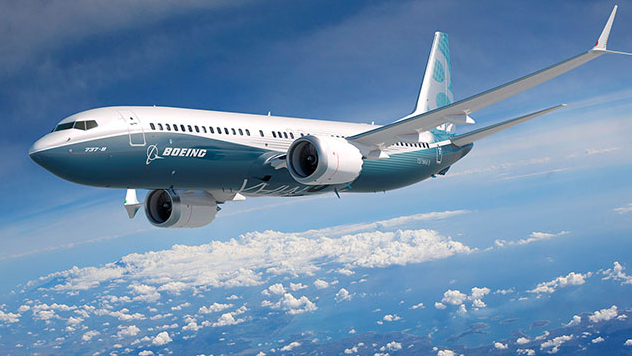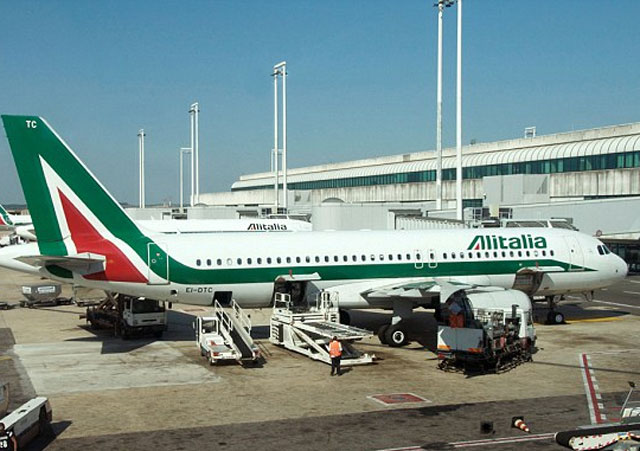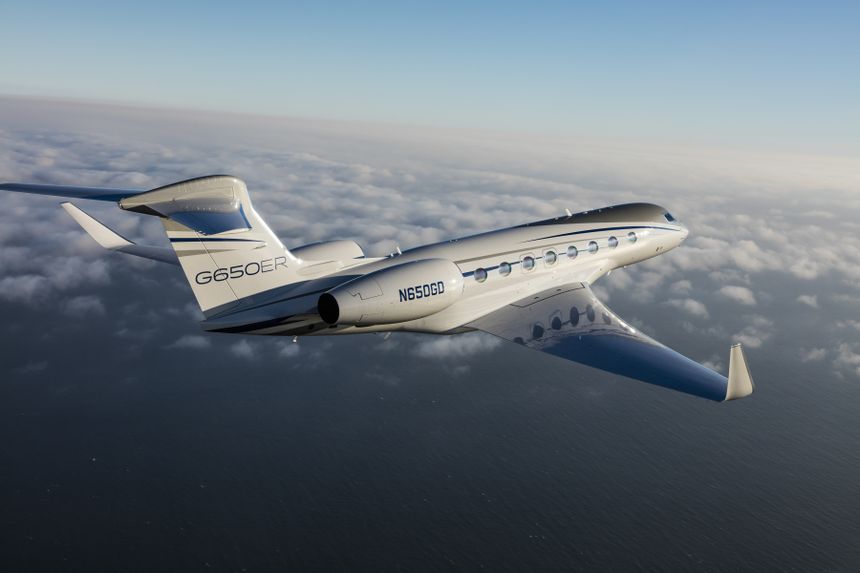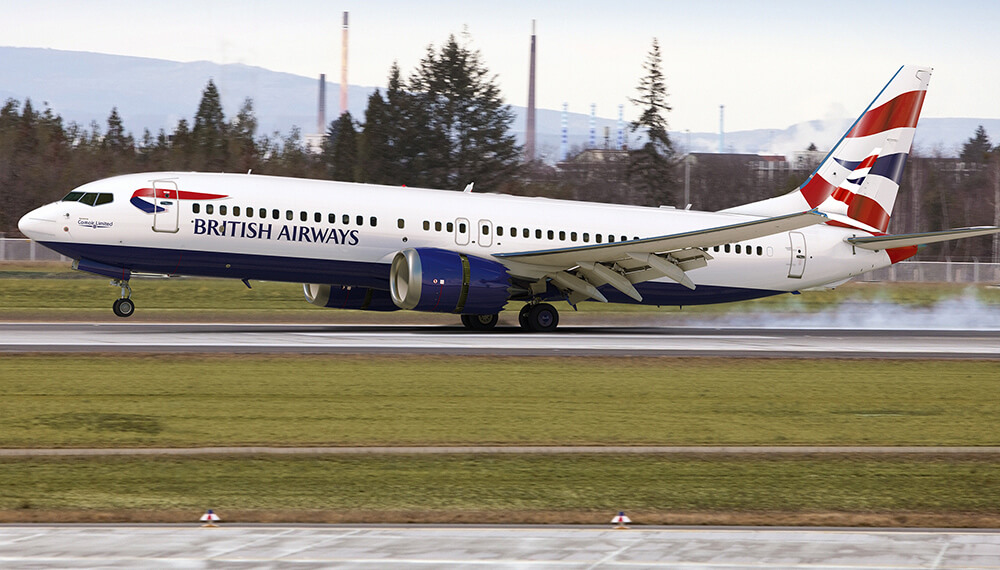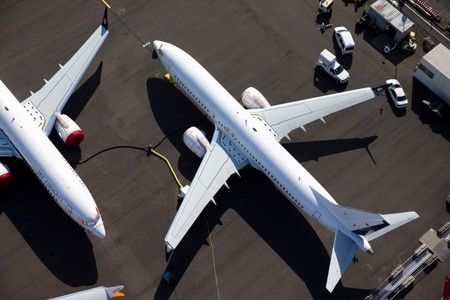
NEW YORK (Reuters) – The U.S. Federal Aviation Administration process for certifying new airplanes is not broken but needs to be improved, the chair of an international panel of air-safety regulators, tasked to review Boeing Co’s <BA> 737 Max, said on Friday.
Speaking on the sidelines of an event at a New York City college, Christopher Hart, chair of the multi-agency panel, said there was no need to question the agency’s overall way of certifying airplanes.
“The U.S. aviation system each day transports millions of people safely, so it’s not like we have to completely overhaul the entire system, it’s not broken. But these incidents have shown us that there are ways to improve the existing system,” Hart said, referring to fatal crashes of a Lion Air 737 MAX in Indonesia and an Ethiopian Airlines 737 MAX five months apart that killed a total of 346 people.
The MAX remains grounded and Boeing has not set when it will conduct a key certification test flight. Some in Congress and in aviation have criticized the FAA’s longstanding practice of delegating certification tasks to manufacturers.
Michael Perrone, who heads the Professional Aviation Safety Specialists union, said at a House hearing in July that external entities designated by the FAA “are now performing more than 90 percent of FAA’s certification activities despite serious concerns that oversight is lacking.”
Hart, former chairman of the National Transportation Safety Board (NTSB) and a licensed pilot, heads the Joint Authorities Technical Review, a panel including air-safety regulators from the United States, Canada, China, Indonesia, European Union and Brazil.
Reuters reported on Sept. 17 the review’s recommendations will include citing regulations that need to be harmonized internationally and where communications can be improved at the FAA and among international regulators, citing a person briefed on the matter.
Hart on Friday said the panel would release its recommendations to the FAA “shortly,” but declined to provide more details on the timeline. He said the panel’s goal was not for all of its members to agree, but to provide a wide range of opinions and recommendations to the FAA.
Hart spoke to students the Vaughn College of Aeronautics and Technology in Queens. Asked by a student whether passengers can be expected to fly again on a 737 MAX, Hart said he predicted people would “sooner or later forget” about the crashes and investigations.
“This will be the safest airplane out there by the time it has to go through all the hoops and hurdles,” he said.
He also was optimistic when asked whether the deadly crashes would spell the end for Boeing’s 737 MAX programme.
“It will be a cold day in hell before Southwest starts moving away from 737s because that’s all they got,” Hart said, referring to Southwest Airlines Co <LUV.N>, which has cancelled flights into January because of the MAX grounding.
A Southwest Airlines spokesman declined to comment directly on Hart’s comments but said the airline has “no plans to veer away from our all-737 fleet.”
(Reporting by Tina Bellon in New York; Additional reporting by David Shepardson; Editing by Daniel Wallis)
